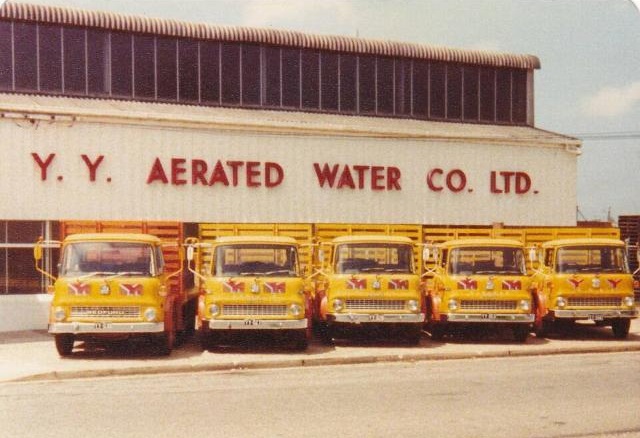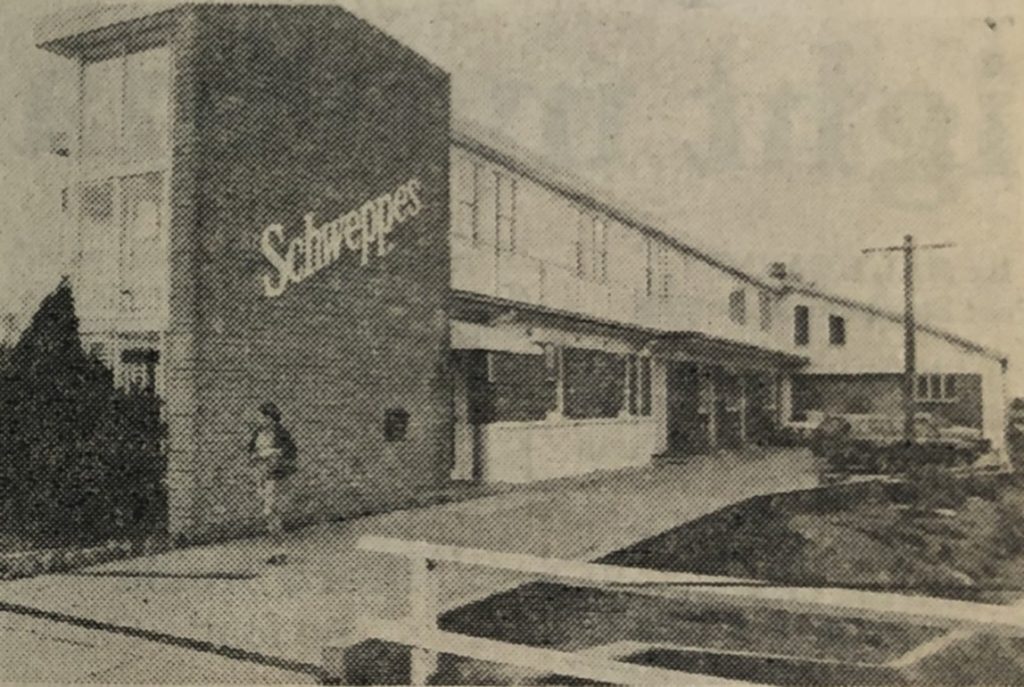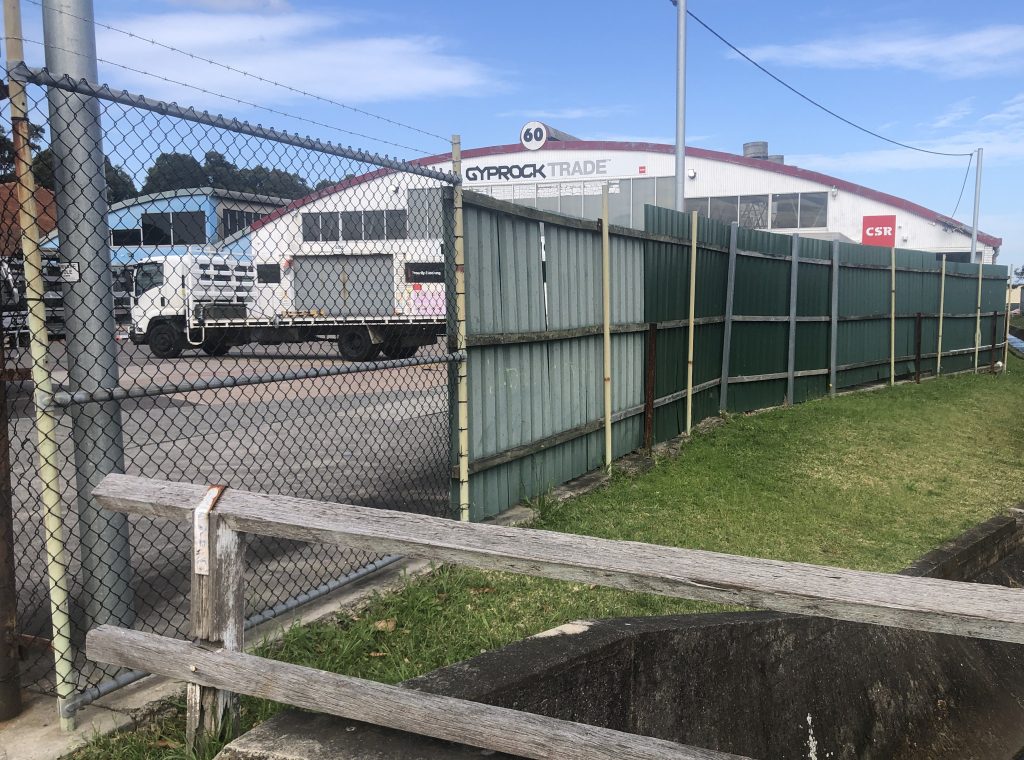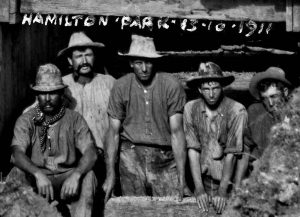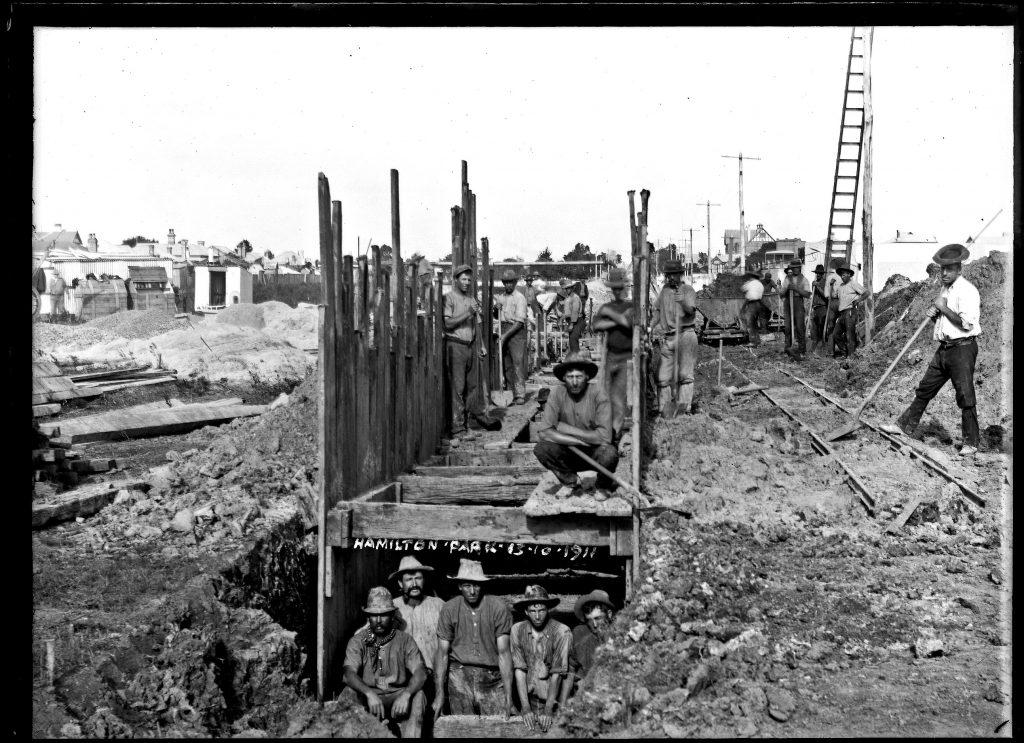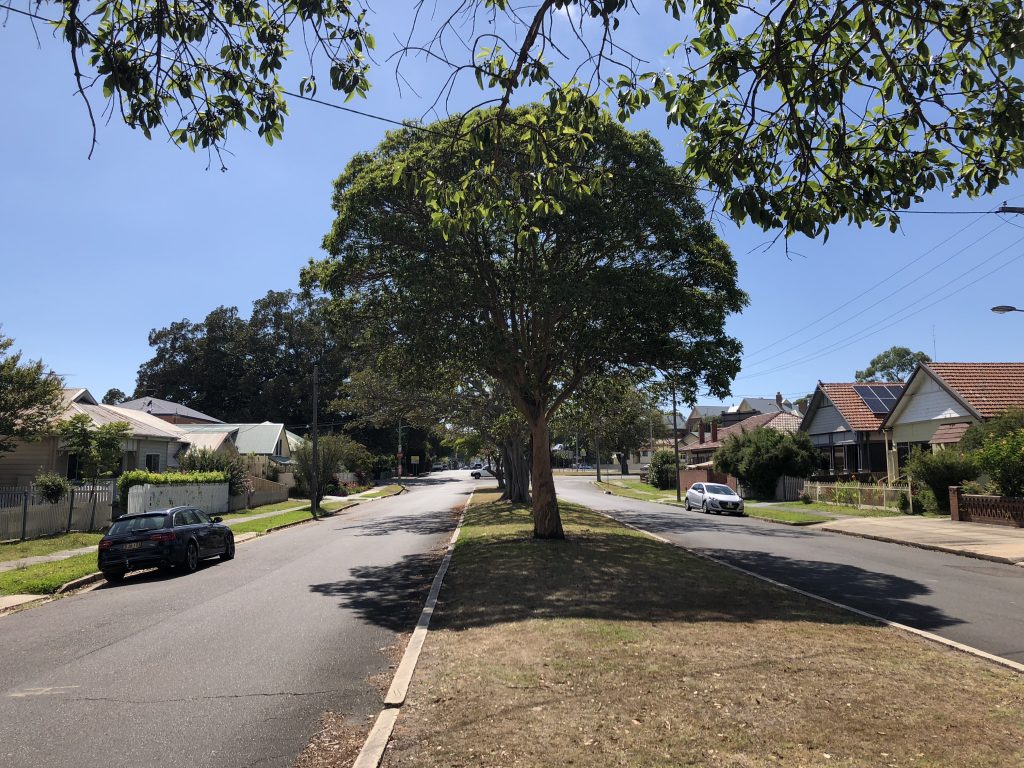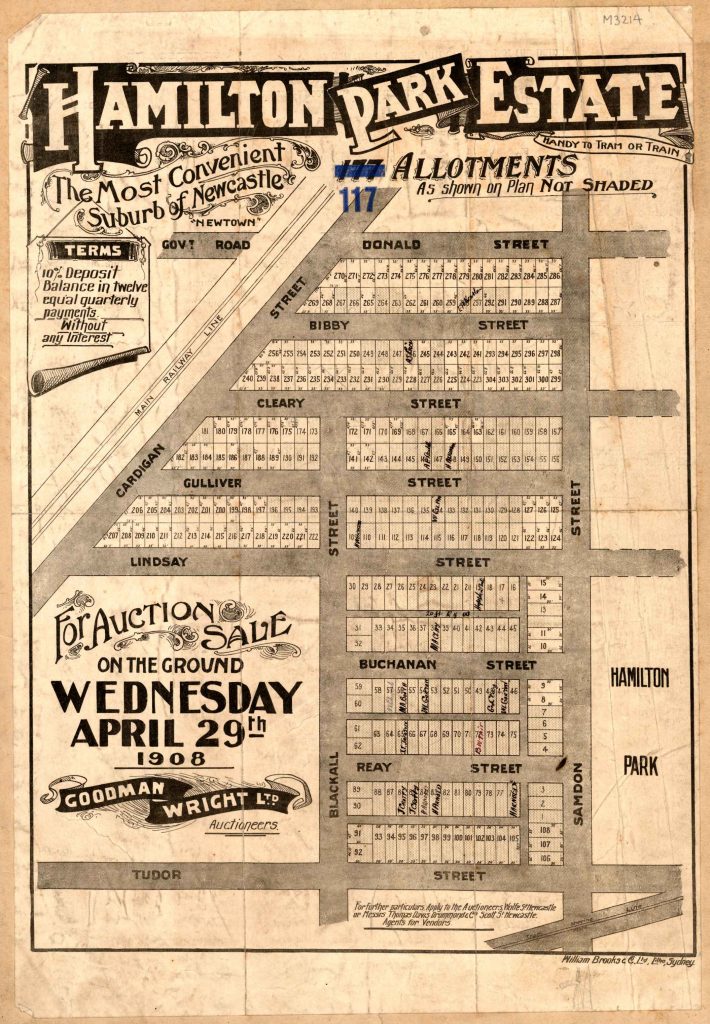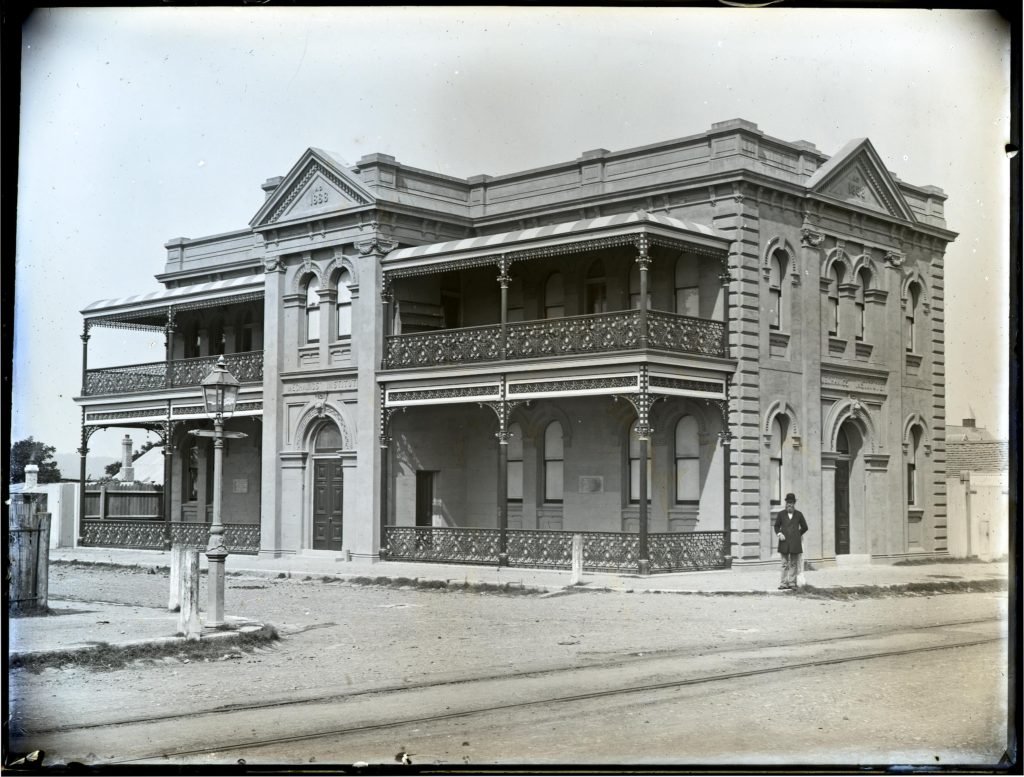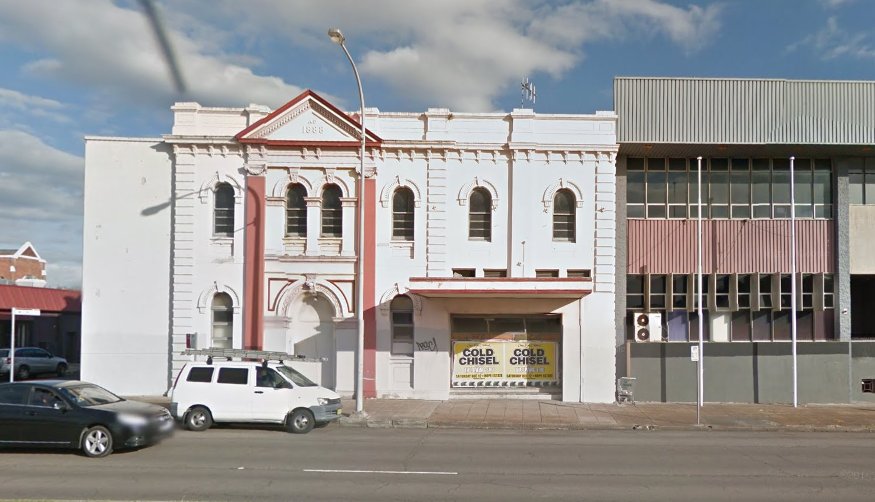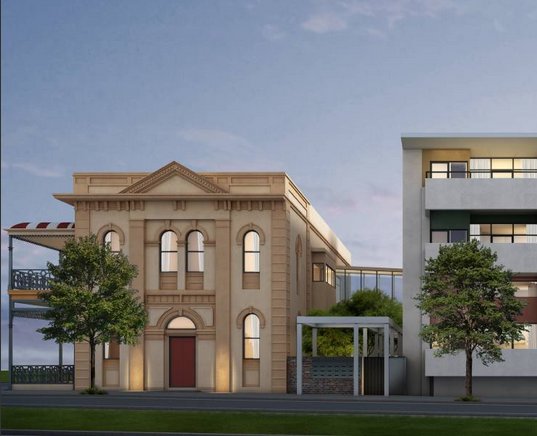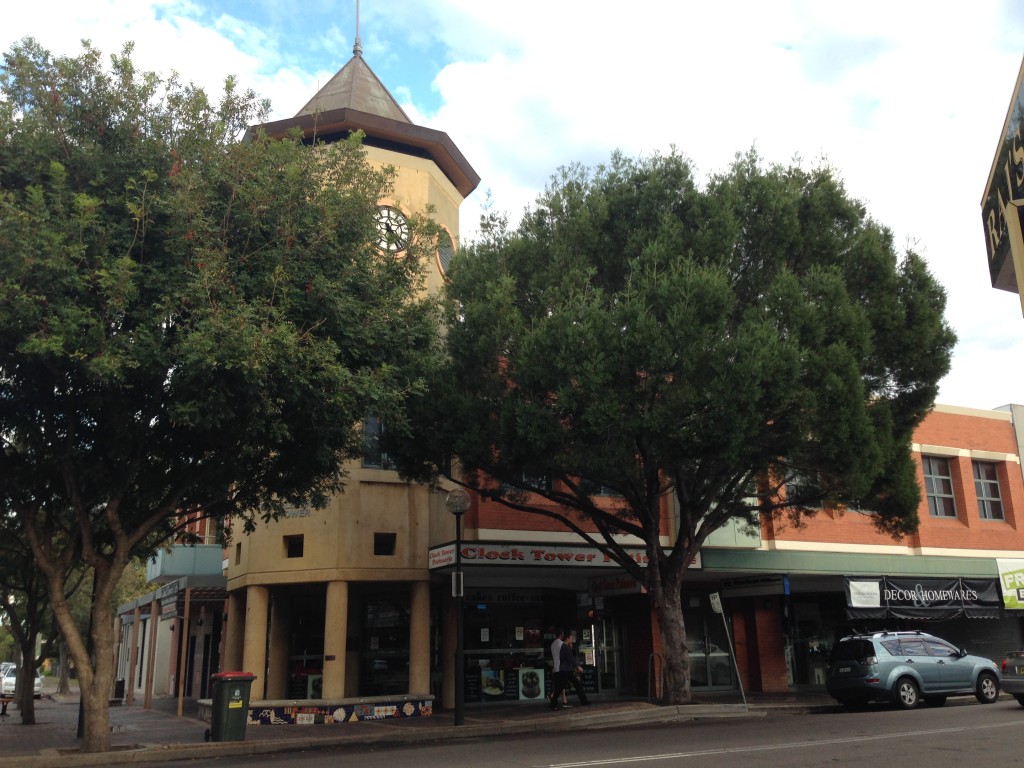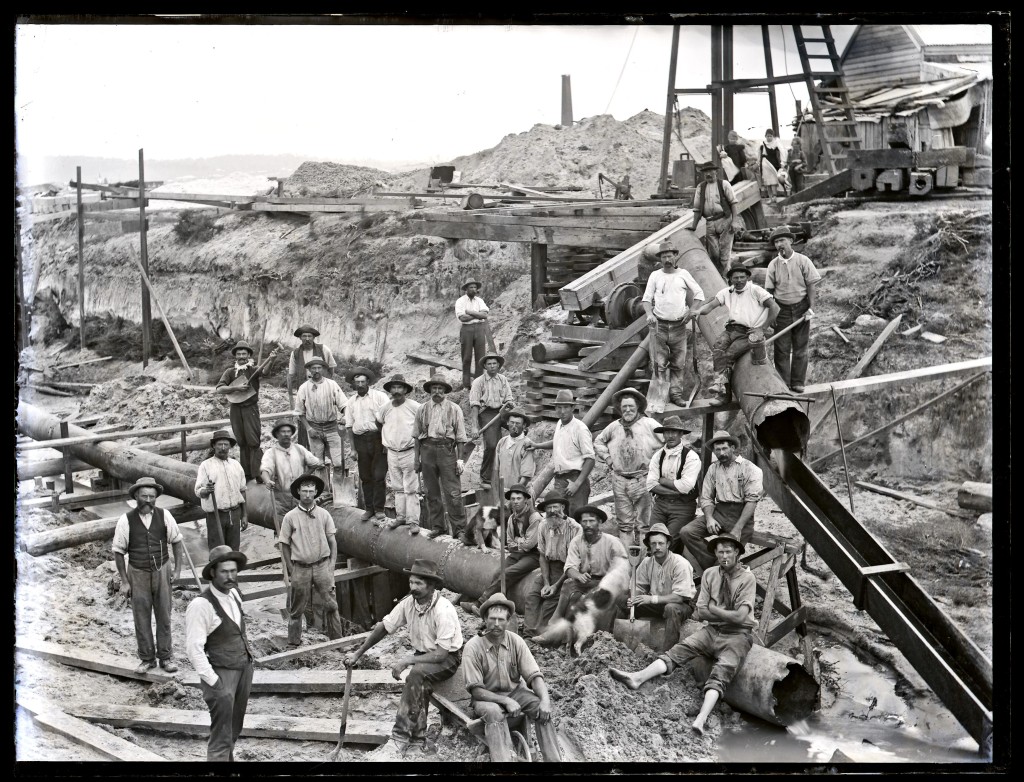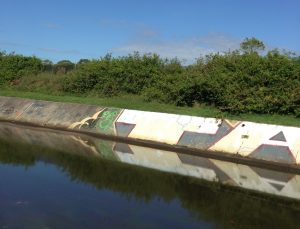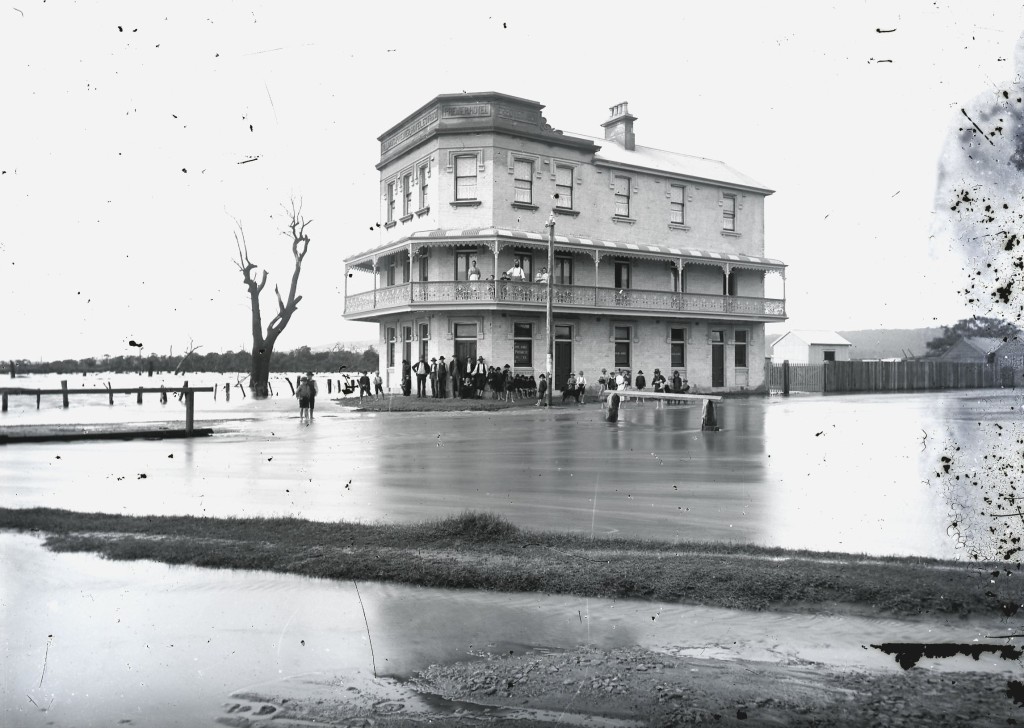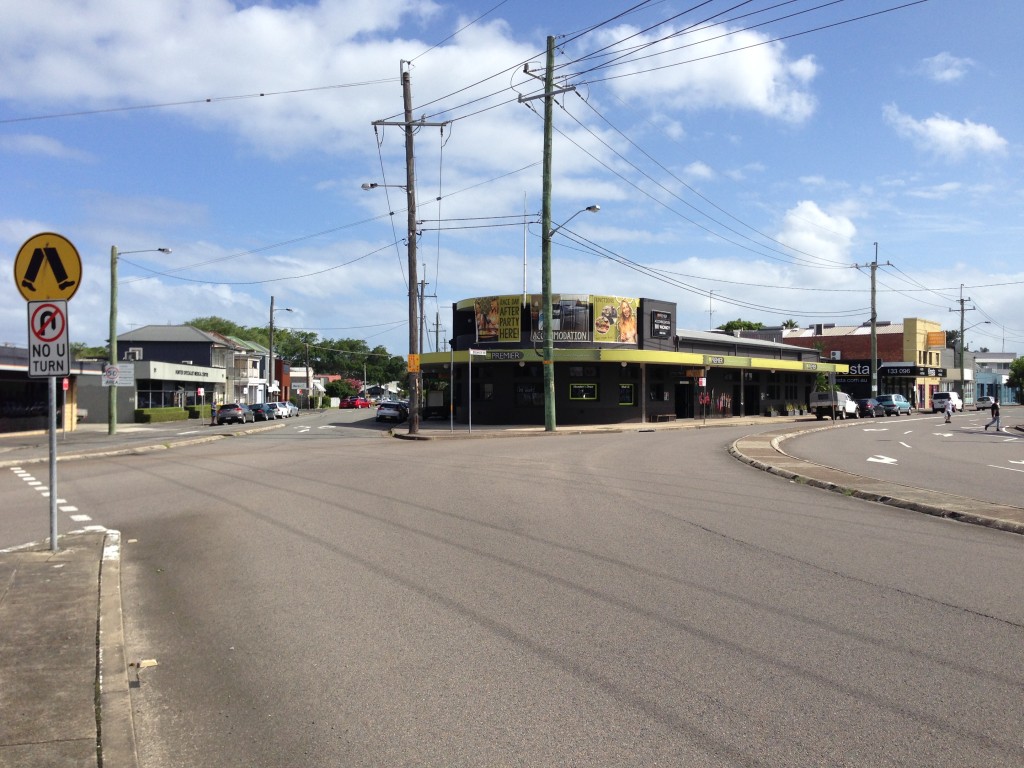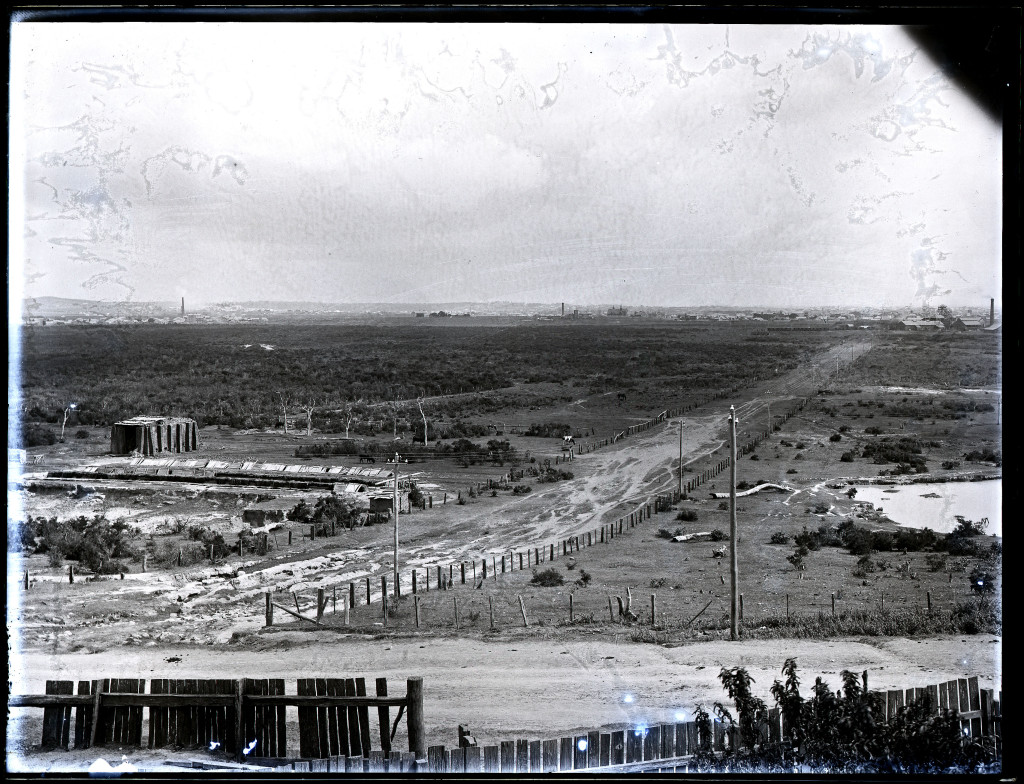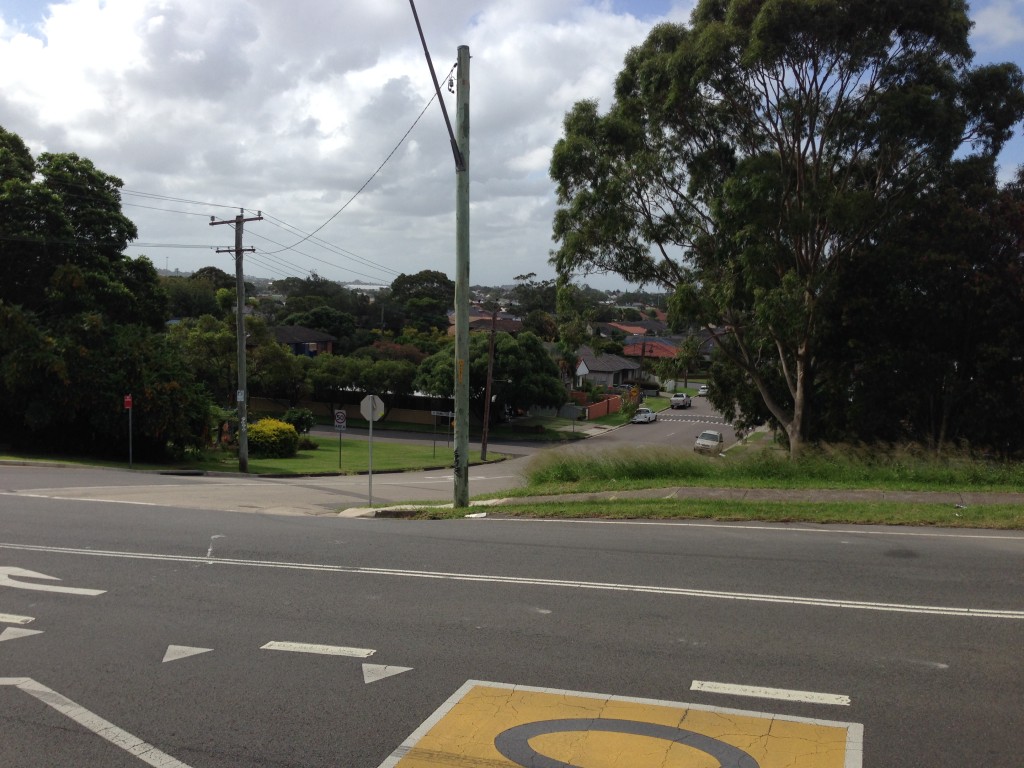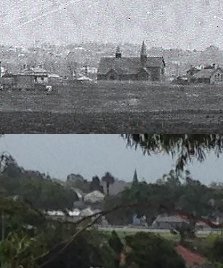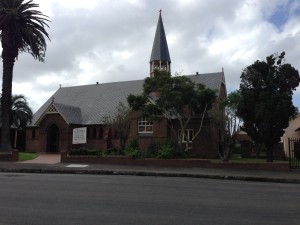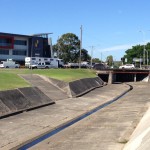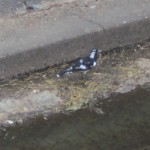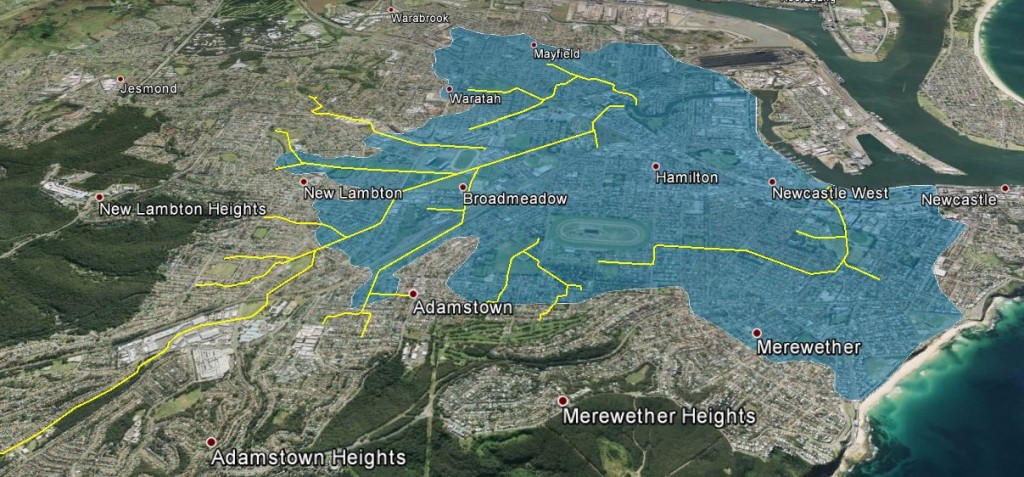Happy Flat was an early name for Hamilton. Sometimes it was used to mean the whole of Hamilton, but more usually the name referred to one of three localities in the Hamilton area, the other two being Borehole and Pit Town.
The first mention of Happy Flat is in 1857, as the location where the A. A. Company was sinking a new pit.
The A. A. Company commenced on Saturday last operations for sinking a new pit on a portion of their estate known as Happy Flat, on the Wallaby ground, and situate between Newcastle and their Bore Hole pit. This new sinking will be in close proximity with their tramway leading from the Bore Hole.
Empire, 19 May 1857.
The last contemporaneous use of “Happy Flat” in the newspaper was in 1884, when Mr J C Ellis, the Member of Parliament for Newcastle, in his speech at the opening of Plattsburg school said that …
In his own electorate, at Happy Flat (Hamilton), for instance, there was a greater number of children, and they only had a small building as a schoolhouse.
Newcastle Morning Herald and Miners’ Advocate, 5 May 1884.
Decades later as various people recalled the early days of Hamilton, the location of Happy Flat was stated slightly differently.
Between Beaumont-street and Steel street was ‘Pittown,’ where the homes of a number of the miners had been built. ‘Happy Flat,’ so named, probably, on account of the genial disposition of the old dwellers in that ilk, was in a southerly direction.
The Newcastle Sun, 9 December 1921.
Hamilton in its earliest days was divided into three sections, viz., Borehole, now Cameron’s Hill ; Beaumont to Lawson street was designated Happy Flat; and James and Lindsay streets were called Pittown.
Newcastle Morning Herald and Miners’ Advocate, 9 December 1921.
From Hamilton station to James-street in those early days was called Pittown; from James street to Denison-street “Happy Flat,” and where the Garden Suburb now is was “Borehole.”
Newcastle Morning Herald and Miners’ Advocate, 11 February 1933.
A key piece of information in establishing the location of Happy Flat is a February 1858 notice from the Australian Agricultural Company stating their intention to construct a railroad at Newcastle. The route description contains a number of references to the “Lake Macquarie Road”, which is quite confusing until you correlate it with a 1954 A. A. Company map that shows the road to Lake Macquarie meandering westwards from Newcastle through their estate.

Note that the straight line marked with 2¼ miles is not the railroad proposed in 1858, but an earlier tramway, as described in 1857.
The colliery tramway is about two miles and a quarter in length. It has been worked with horse-power for five or six years. The cost per ton for horses’ food, and wear and tear, inclusive of the maintenance of the permanent way, was about three-pence a ton. New rails of sixty-eight pounds are now being laid, and locomotive power is employed. This will be much cheaper and will require less attendance.
The Sydney Morning Herald, 5 December 1857.
The new railroad, as proposed in 1858, was said to proceed …
… along the existing line of Railway [tramway] twenty-six and a half chains, crossing the Lake Macquarie Road at a place called the Happy Flat, one hundred and six chains to the present crossing of the Burwood Tramroad …
New South Wales Government Gazette, 15 Feb 1868.
In the map above I have indicated with a blue arrow where the railway crosses the Lake Macquarie Road at Happy Flat, and with a red arrow the “crossing of the Burwood Tramroad.” Overlaying the map into Google Earth confirms that this distance is very close to the “one hundred and six chains” (2332 yards) stated in the Gazette notice, and therefore places Happy Flat in the vicinity of Lawson and Veda Streets.

Combining all the evidence together, the image below shows the described locations of Happy Flat.

[Side note: A 1954 newspaper article states that Happy Flat was where the Hamilton Railway Station now is. I am highly doubtful about this location as it is contradictory to all the other available evidence.]
Happy Valley
The name “Happy Valley” was sometimes used as an alternative for Happy Flat, although all the references seem to be exclusively from the 20th century. This suggests the name was not used in the 19th century and was just being misremembered by people in the 20th century.
- 20 December 1907 – Hamilton “was known as Borehole, Pittown, and Happy Valley”
- 1 April 1938 – “Happy Valley was in a more southerly direction” from Pit Town
- 18 February 1953 – Hamilton “was then called Borehole. The area had a couple of suburbs (near Beaumont St.), Pitt Town and another called Happy Valley, perhaps down Glebe way.”
There was a locality in the 1870s called Happy Valley, near Belmont. There was also a Happy Valley Colliery somewhere in Merewether. This was a very small affair, with the government annual Mining Reports listing the colliery having just one person employed in 1920, 8 in 1921, and 19 in 1925.

This page is part of the collection of Newcastle’s Obsolete Place Names.

